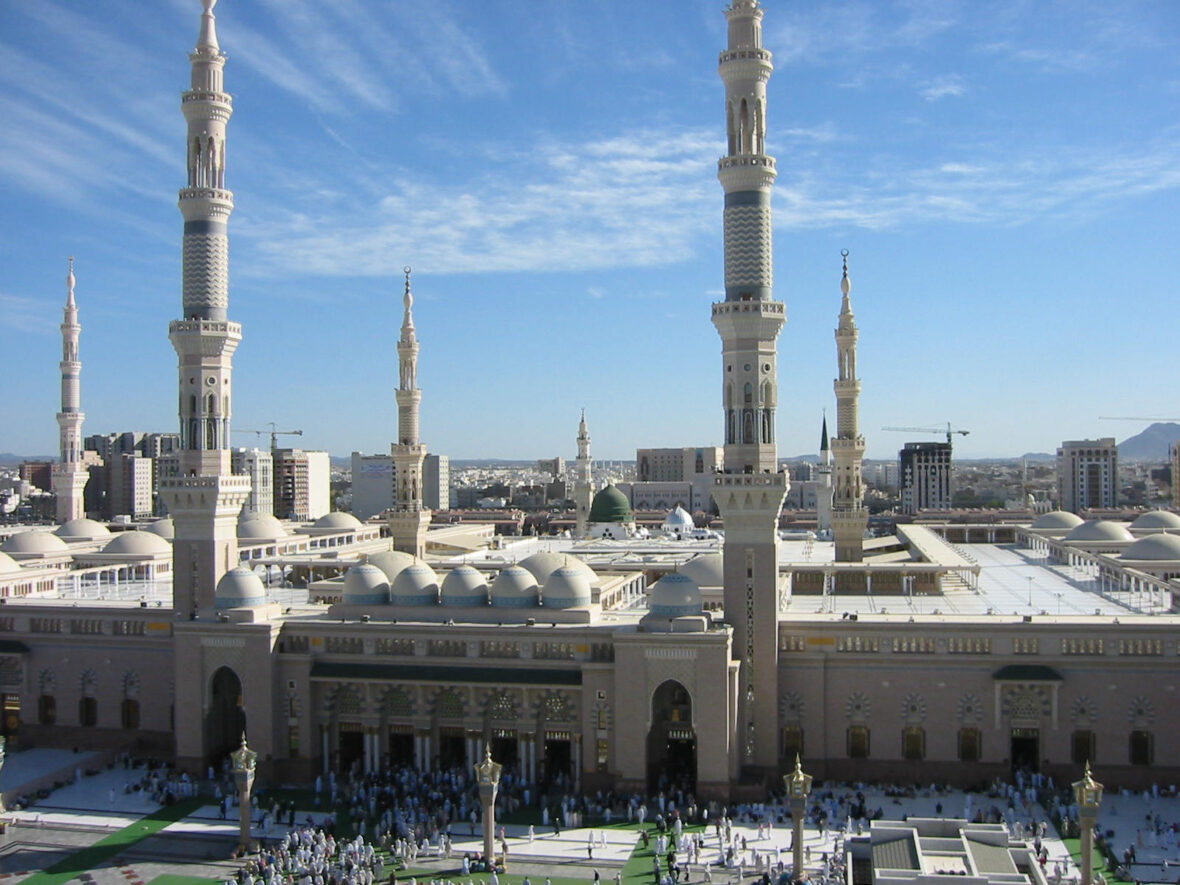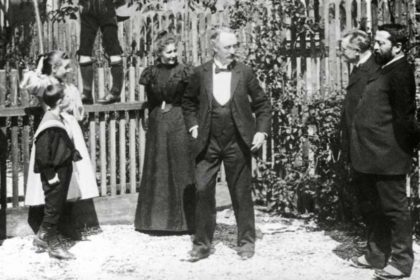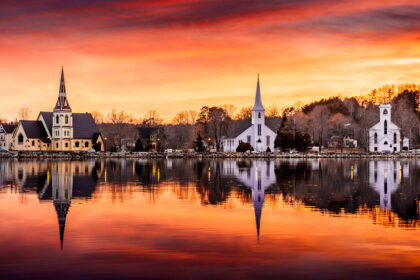Medina, also known as “the enlightened city” and “the city of the Messenger of God”, is the second holiest place in Islam after Mecca. The Prophet Mohammad gained refuge in Medina after he migrated from Mecca, and the city is his burial place. The city is located in the Hejaz region of western Saudi Arabia, about 100 miles (160 km) inland from the Red Sea and 275 miles from Mecca by road. Take a look below for 30 incredible and interesting facts about Medina.
1. Muhammad’s popularity was seen as threatening by the people in power in Mecca, and Muhammad took his followers on a journey from Mecca to Medina in 622.
2. This journey is called the Hijrah (migration) and the event was seen as so important for Islam that 622 is the year in which the Islamic calendar begins.
3. In 622, Medina became the seat of Muhammad’s growing movement. He was invited to come and live in Yathrib (the old name of Medina) and act as a sort of governor.
4. The city is known to have existed for over 1500 years before Muhammad migrated from Mecca.
5. Muhammad brought unity to the city. He invited all people in the city to follow the new religion of Islam. However, he had trouble convincing the Jewish population, which was quite large, that Islam was the true version of Judaism.
6. In the ten years following the Hijra, Medina formed the base from which Muhammad attacked and was attacked and it was from here that he marched on to Mecca, becoming its ruler without a battle.

7. In 1256 AD, Medina was threatened by a lava flow from the last eruption of Harrat Rahat, the biggest lava field in Saudi Arabia.
8. Even when Islamic rule was established Medina remained for some years the most important city of Islam and the de facto capital of the Caliphate.
9. Under the first four Caliphs, known as the Righteous Caliphs, the Islamic empire expanded rapidly and came to include centres of learning such as Jerusalem, Ctesiphon, and Damascus.
10. After the death of Ali, the fourth caliph, Mu’awiyya transferred the capital to Damascus and the importance of Medina dwindled and became of a religious more than a political nature.
11. Between 1904 and 1908 the Turks built the Hejaz railroad to Medina from Damascus in an attempt at strengthening the empire and ensuring Ottoman control over the obligatory Muslim pilgrimage to the nearby holy city of Mecca.
12. The city became the southern terminus of the Ottomans’ Hijaz Railway upon its completion in 1908.
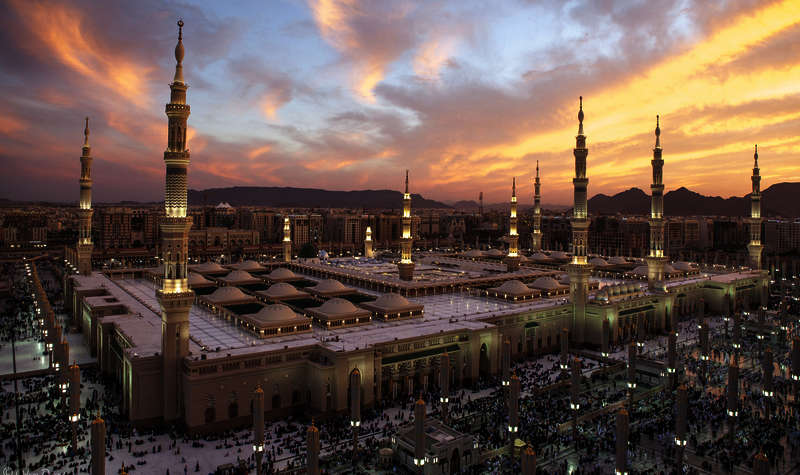
13. In 1924 the city, which had been in Ottoman hands for centuries, fell to Ibn Saud, whose empire later became Saudi Arabia.
14. Medina lies 2,050 feet (625 metres) above sea level on a fertile oasis.
15. Many Muslims travel across the world to visit the city of Medina. This happens every year because of the annual pilgrimage.
16. The culture and history of the place are what draws people to this city.
17. Muhammad’s home was developed as a shrine. Today, it is known as Prophet’s Dome.
18. Years later, this was developed into a larger mosque Al-Masjid an-Nabawi or the Mosque of the Prophet where many Muslims could worship. The mosque as well as the land is considered to be one of the holiest sites in the country.
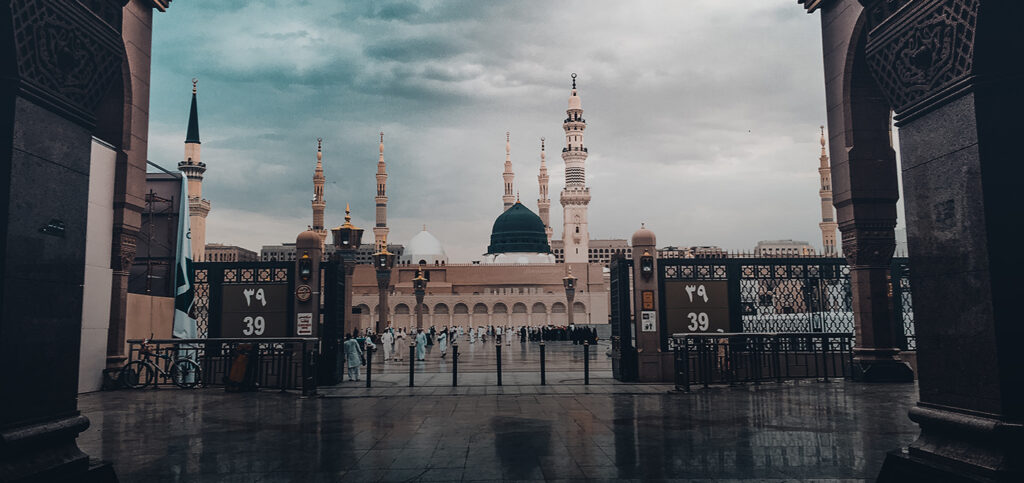
19. The Prophet’s Mosque has a series of large numbered gates often used to navigate the pedestrianized area in and around it. It’s surrounded by high-end hotels and eating outlets, with the rest of Medina sprawling out from here.
20. East of the Mosque is an area with no buildings is the site of the Al-Baqi’ cemetery, the resting place of many of the Prophet’s relatives and companions.
21. The first mosque of Islam is also located in Medina and is known as Masjid Al-Quba, the Quba Mosque.
22. Masjid al-Qiblatayn, or Mosque of the Two Qiblas, is a mosque in Medina that is historically important for Muslims as the place where, after the Islamic Prophet Muhammad received the command to change the direction of prayer (qibla) from Jerusalem to Mecca, the entire congregation led by a companion changed direction in prayer.
23. Recently the mosque was renovated, the old prayer position facing Jerusalem was removed, and the one facing Mecca was left. The Qiblatayn Mosque is among the earliest mosques in Islam’s history, along with Quba Mosque and Al-Masjid an-Nabawi.
24. There are hundreds of other mosques within the city.

25. The main attraction and essence of Medina are that it is a place to worship in Islam.
26. The residents of Medina are Arabic-speaking Muslims. Most of them belong to the Sunni branch of Islam.
27. The city is one of the most populous in Saudi Arabia, and it is common for Muslims who make the pilgrimage to settle in the city.
28. Although people of many religions and nationalities live in the city, the core haram zone (meaning “sanctuary” or “holy shrine”), generally within King Abdullah Road, is only open to people of the Muslim faith. The diameter of the King Abdullah ring road is about 7 to 9 kilometres or 4.5 to 5.5 miles.
29. To supplement the income derived from accommodating pilgrims, Medina has an economy based on the cultivation of fruits, vegetables, and cereals.
30. As of 1920, 139 varieties of dates were being grown in the area.

